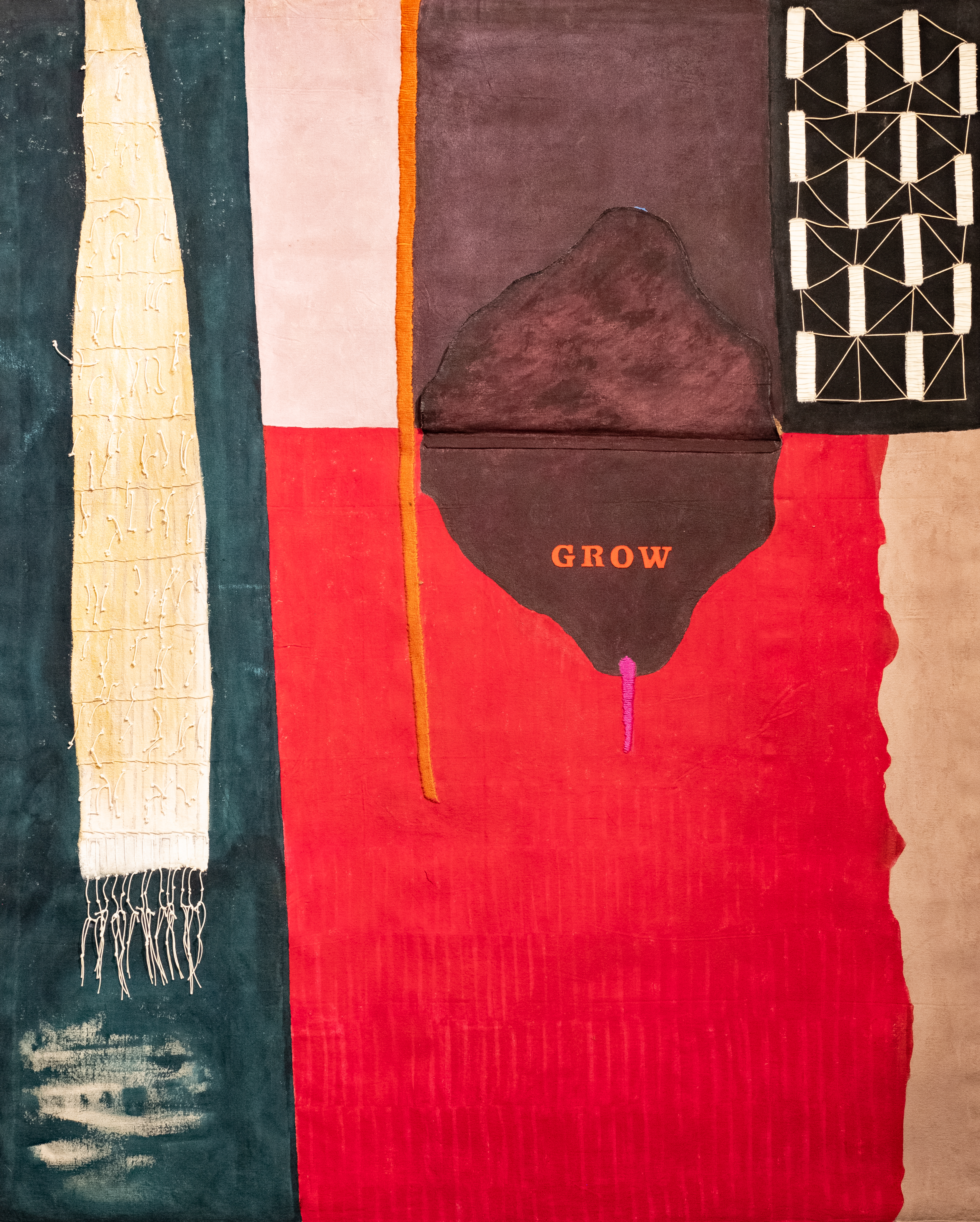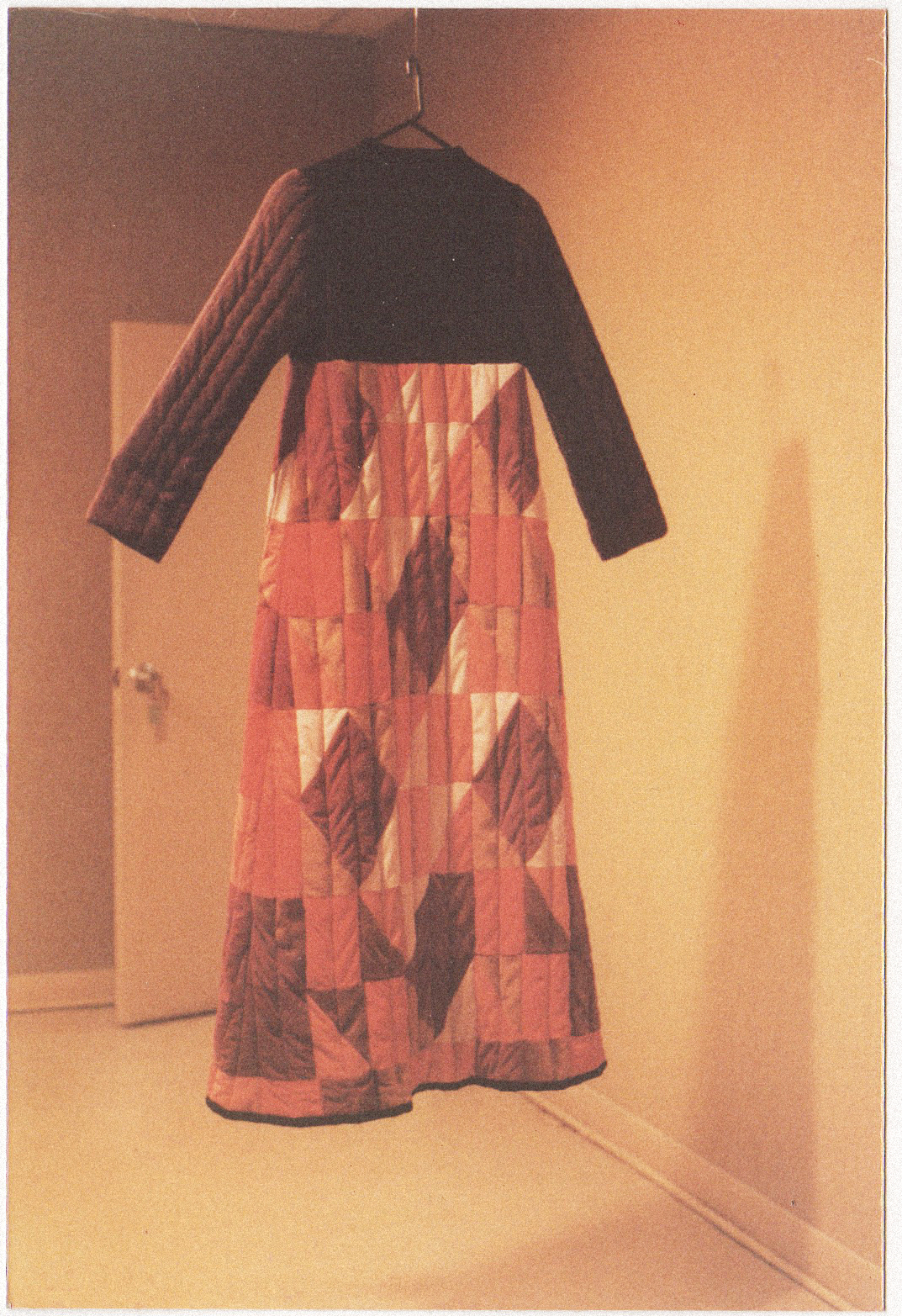ARLYN ENDE (ESTATE)

“Our modern lives are entangled in a complicated world that is in turn joyful, tragic, confusing, dark, wild, and brilliant. In my work, vast areas of softly washed color exist alongside frenetic mark making; midnight black and glowing metallic swaths of pigment delineate movement and a surprising depth throughout the surface.”
Arlyn Ende was born and raised in New Orleans, where her boundless artistic spirit and inquisitive nature were first honed. She spent her summers as a craft counselor for an all-boys school, going on to study art at Tulane University, Louisiana State University, and the School of the Arts Institute in Chicago.
Arlyn met her lifelong partner, Jack Hastings, shortly after his return to New Orleans from Mexico. They immediately recognized kindred spirits in one another, falling headlong into a lifetime of collaboration. The first of these creative partnerships was New Orleans’ original contemporary art gallery, Orleans Gallery, cooperatively founded in 1956 in alliance with 10 other local artists.
Together, Arlyn & Jack migrated northeast–to New York City by way of Italy, then Boston and Block Island, RI–before trekking 2,400 miles west again to Tucson. Once settled in the desert, they would regularly return to Block Island as respite from the scorching summer heat.
This period of constant movement, drastically varied climate, and diversity of landscape fostered an artistic flourishing. Jack churned out paintings and sculptures of manifold styles and techniques. By 1960, he had begun to exhibit his sculptures and paintings in New York City. Arlyn served as assistant to the Director of Urban Design during their stint in Boston. She began her own clothing line, dubbed FOGEATER in homage to Block Island’s hazy coastal shrouds. Their artistic engagement with Arizona’s arid habitat culminated in a collaborative effort on what the couple termed “living sculpture” –a diversity of cacti in sculptural vessels made of poured concrete. The works were fabricated in Tucson for an exhibition at George Jensen’s seminal Manhattan gallery. The show quickly sold out.


In 1972, they moved again––this time to Bradyville, Tennessee––intent on learning to farm. Arlyn recounted running “into some hippies on the courthouse in Woodbury” who told them about “a farm for sale near their commune,” (both of which were long gone by the following decade). They purchased their new homestead using the profits from the sale of their Tucson house, plus a final $1,500 which Arlyn made in a lump sum as a cook on a river barge. Her erudite journals provide an incisive window into this experience as a time of reflection and self-definition. In its pages, she ponders gender relations, the nature of labor, and possibilities for collective social and political formations. These reflections are interspersed with weekly menus and recipes, character sketches, poems, and revelatory passages on mysticism––a testament to the radical democracy of Ende’s holistic aesthetic identity.
Jack and Arlyn settled into a symbiosis with the land, a steady rhythm of farm life and making art. The artists raised chickens, entered in annual craft fairs, planted and harvested potatoes, created public sculpture, and worked in tandem with architects on commissions.
Jack and Arlyn settled into a symbiosis with the land, a steady rhythm of farm life and making art. The artists raised chickens, entered in annual craft fairs, planted and harvested potatoes, created public sculpture, and worked in tandem with architects on commissions.
Any boundary between art and life quickly eroded; the artists plumbed the aesthetic depths of goat herding, saw pure possibility in the blank canvas of an untilled field, and cherished the sacred communion of local artisans and craft-makers.
The couple’s playful color palette and kaleidoscopic geometry manifested in a yin-yang of complementary and opposite mediums: Jack favoring the cold precision of concrete and metal, Arlyn delving into the warmth of textiles and rug hooking. Both collaborated on a number of highly-designed environments with renowned architect Robinson Neil Bass. Jack created large mobiles for commissions, as well as giant concrete landscape installations like the EnviroGarden, featured in Knoxville’s World’s Fair in 1982. Homage to Calder, arguably his masterwork, was installed in the iconic Tennessee Valley Authority building in Chattanooga. The vibrant kinetic sculpture spanned nearly 5 stories in the building's atrium.
The couple’s playful color palette and kaleidoscopic geometry manifested in a yin-yang of complementary and opposite mediums: Jack favoring the cold precision of concrete and metal, Arlyn delving into the warmth of textiles and rug hooking. Both collaborated on a number of highly-designed environments with renowned architect Robinson Neil Bass. Jack created large mobiles for commissions, as well as giant concrete landscape installations like the EnviroGarden, featured in Knoxville’s World’s Fair in 1982. Homage to Calder, arguably his masterwork, was installed in the iconic Tennessee Valley Authority building in Chattanooga. The vibrant kinetic sculpture spanned nearly 5 stories in the building's atrium.
︎︎︎ For all inquiries, please contact susan@tinneycontemporary.com
Exhibitions
Two-person retrospective, The Essence of Their Ticking, 2022
Two-person exhibition, The Essence of Our Ticking, 2012







